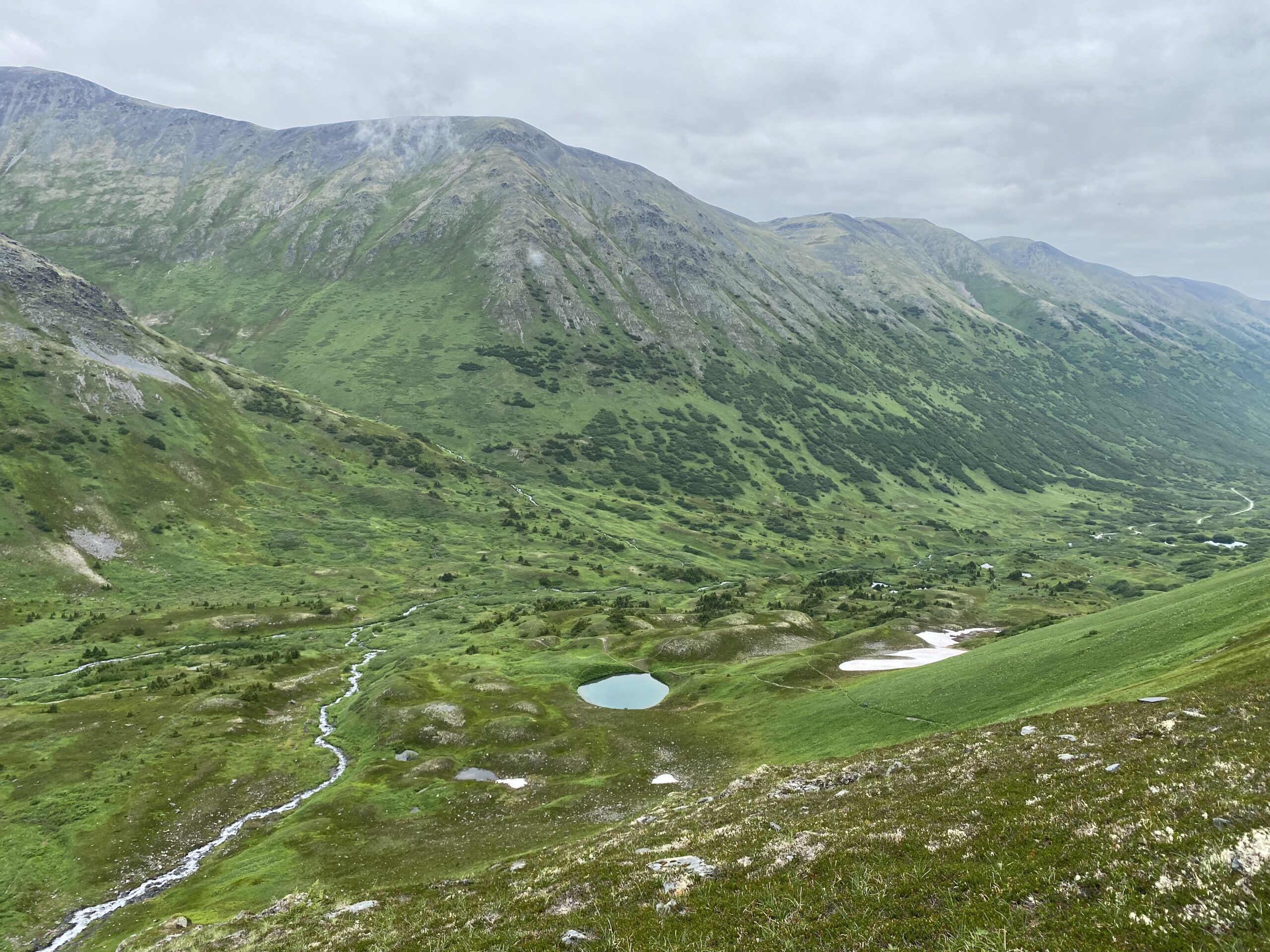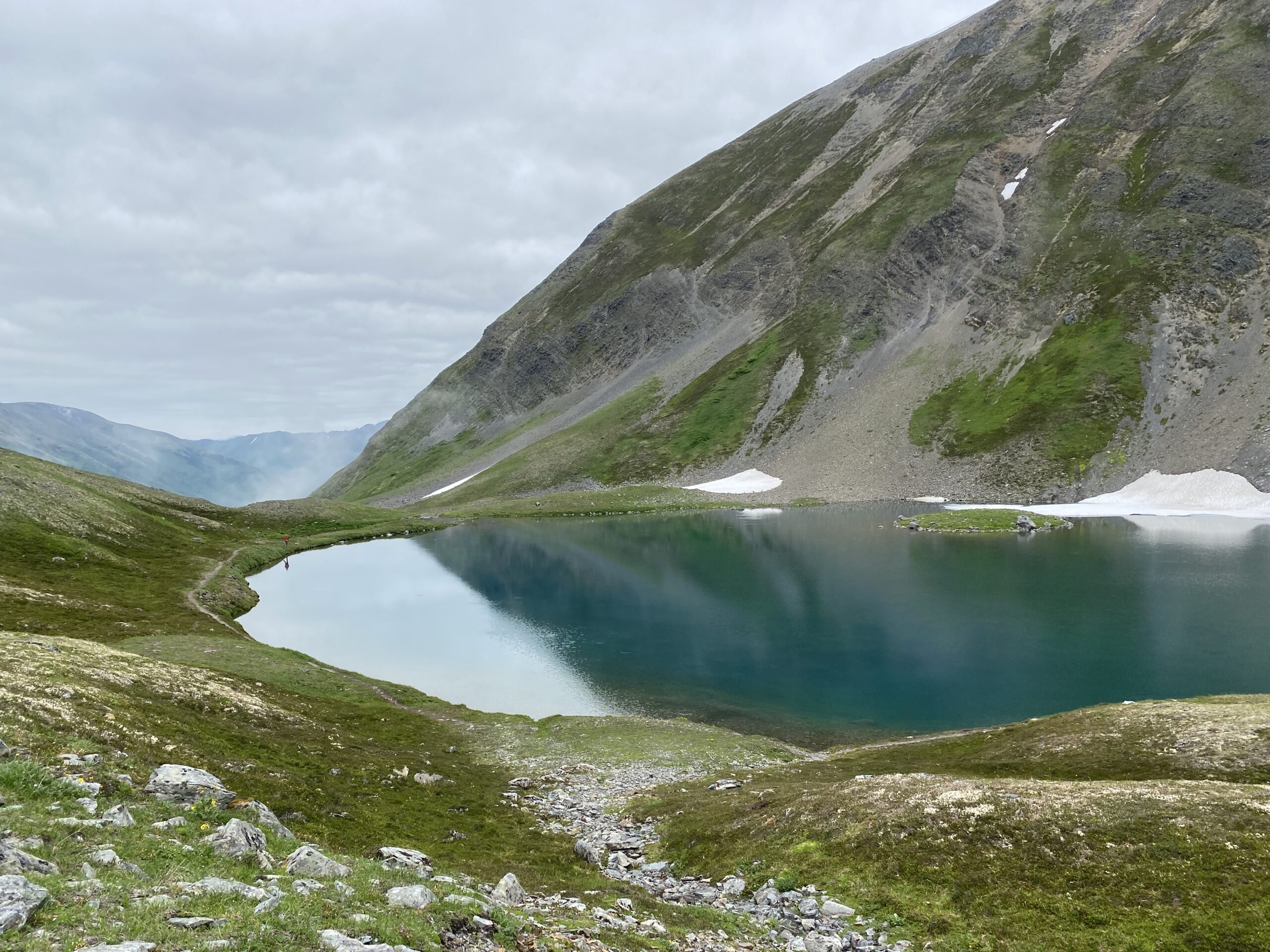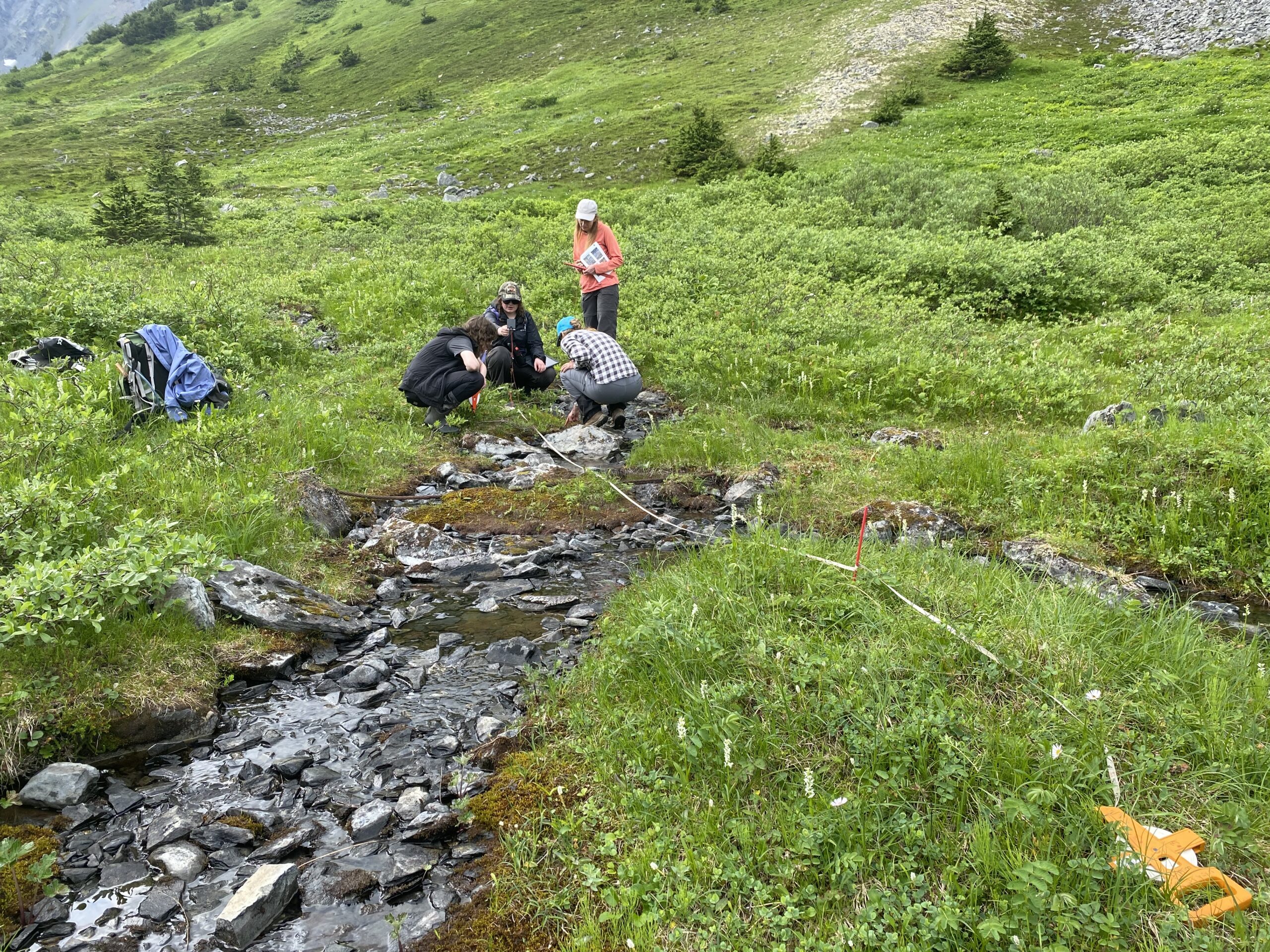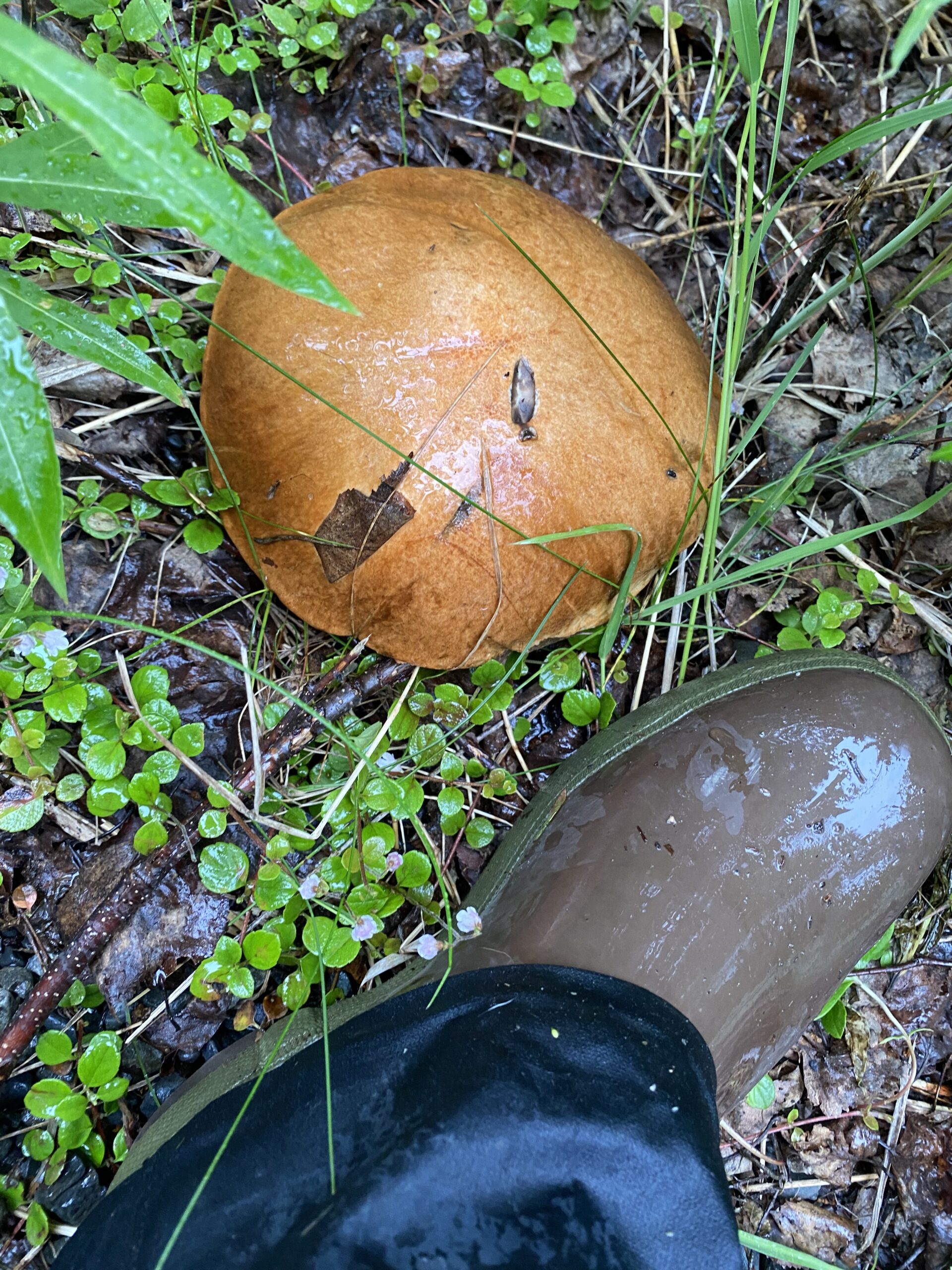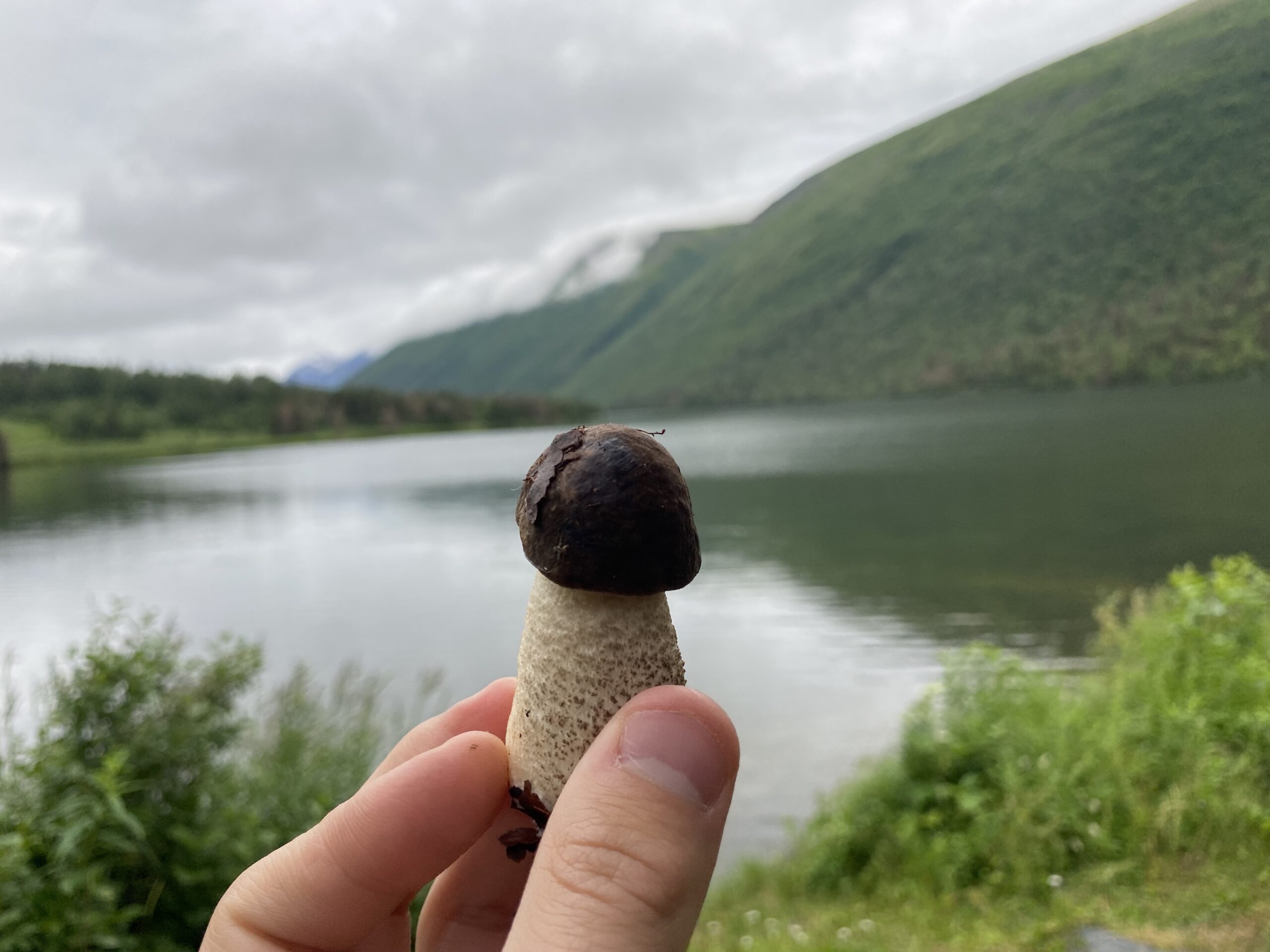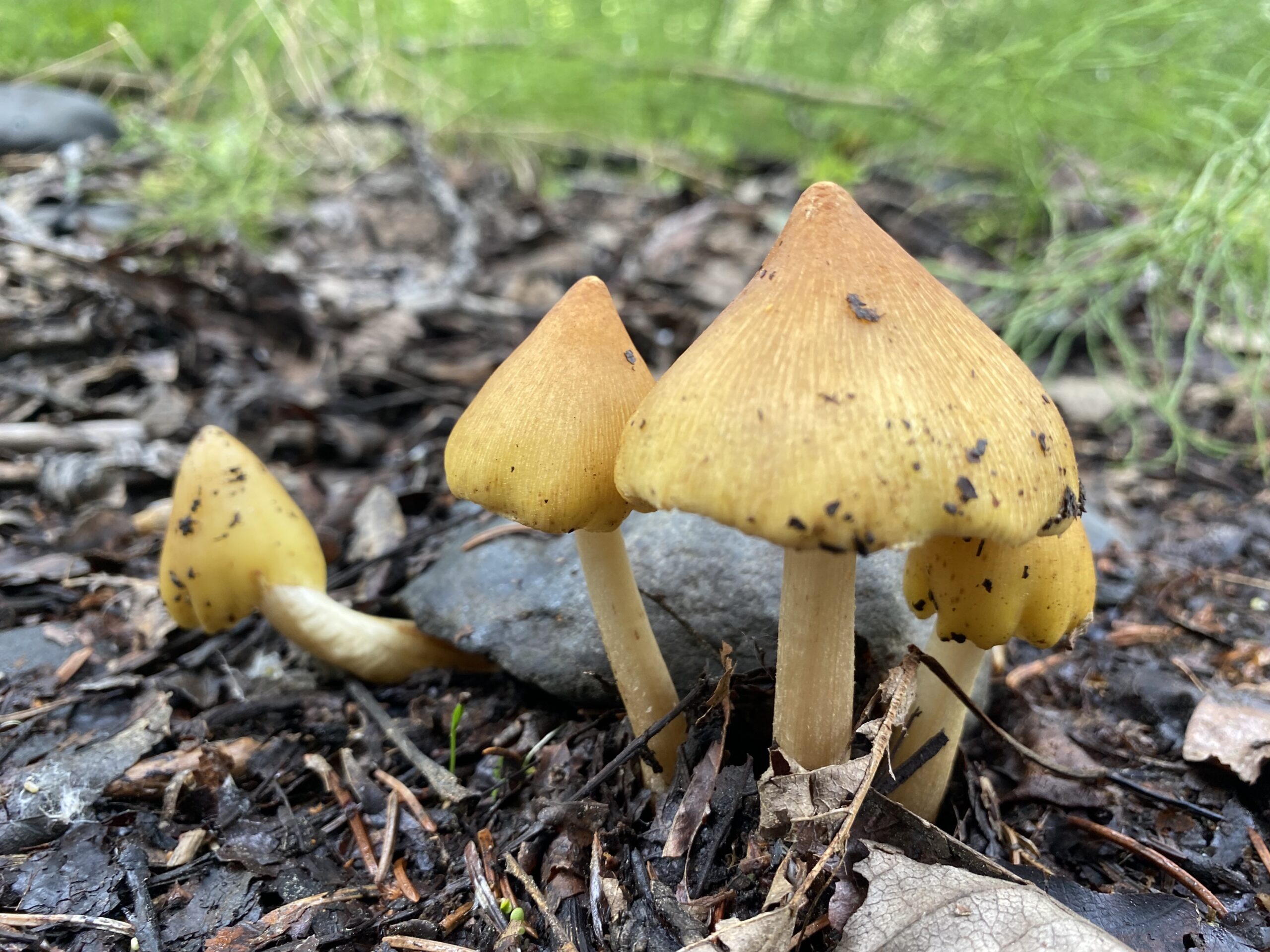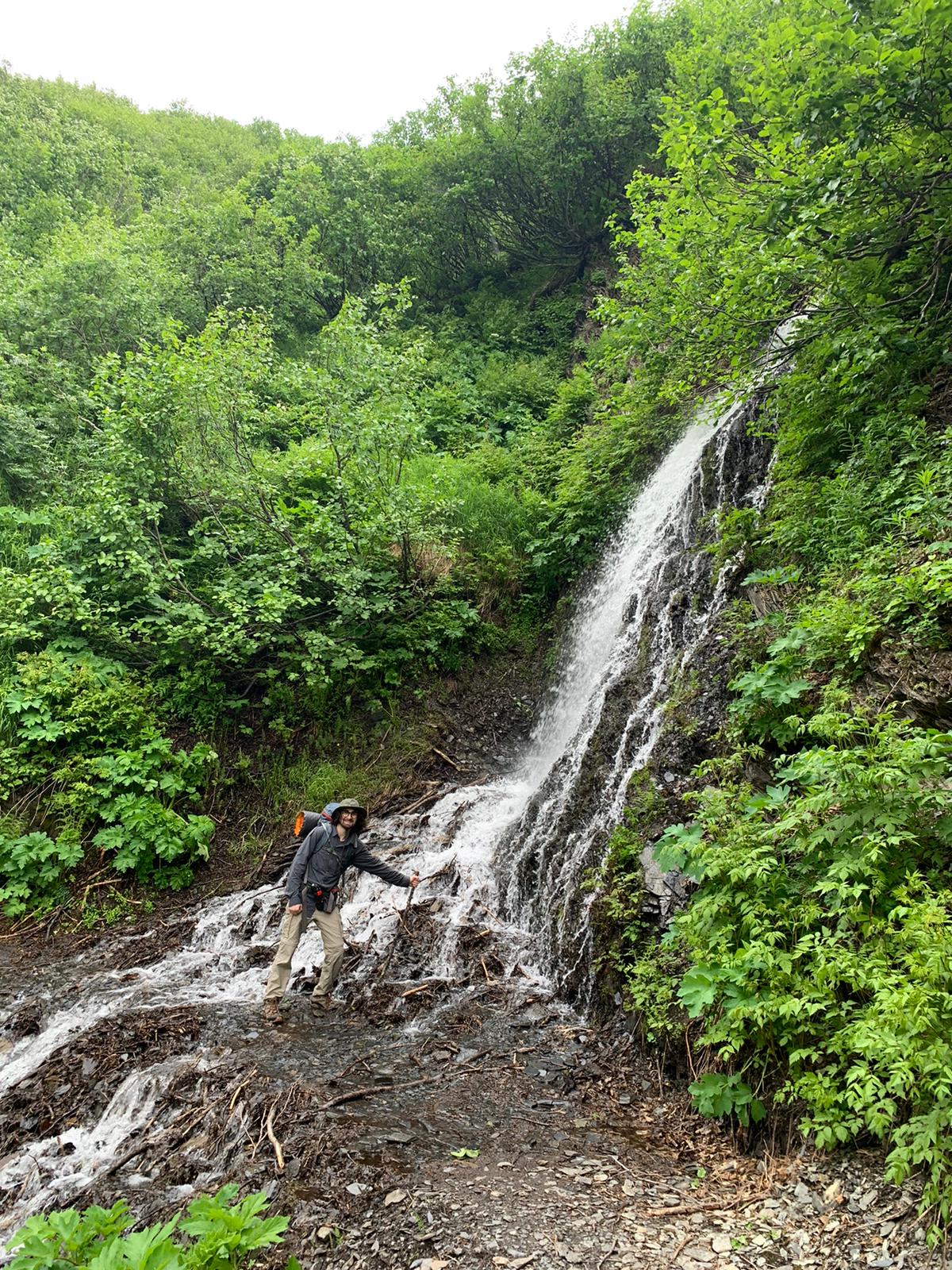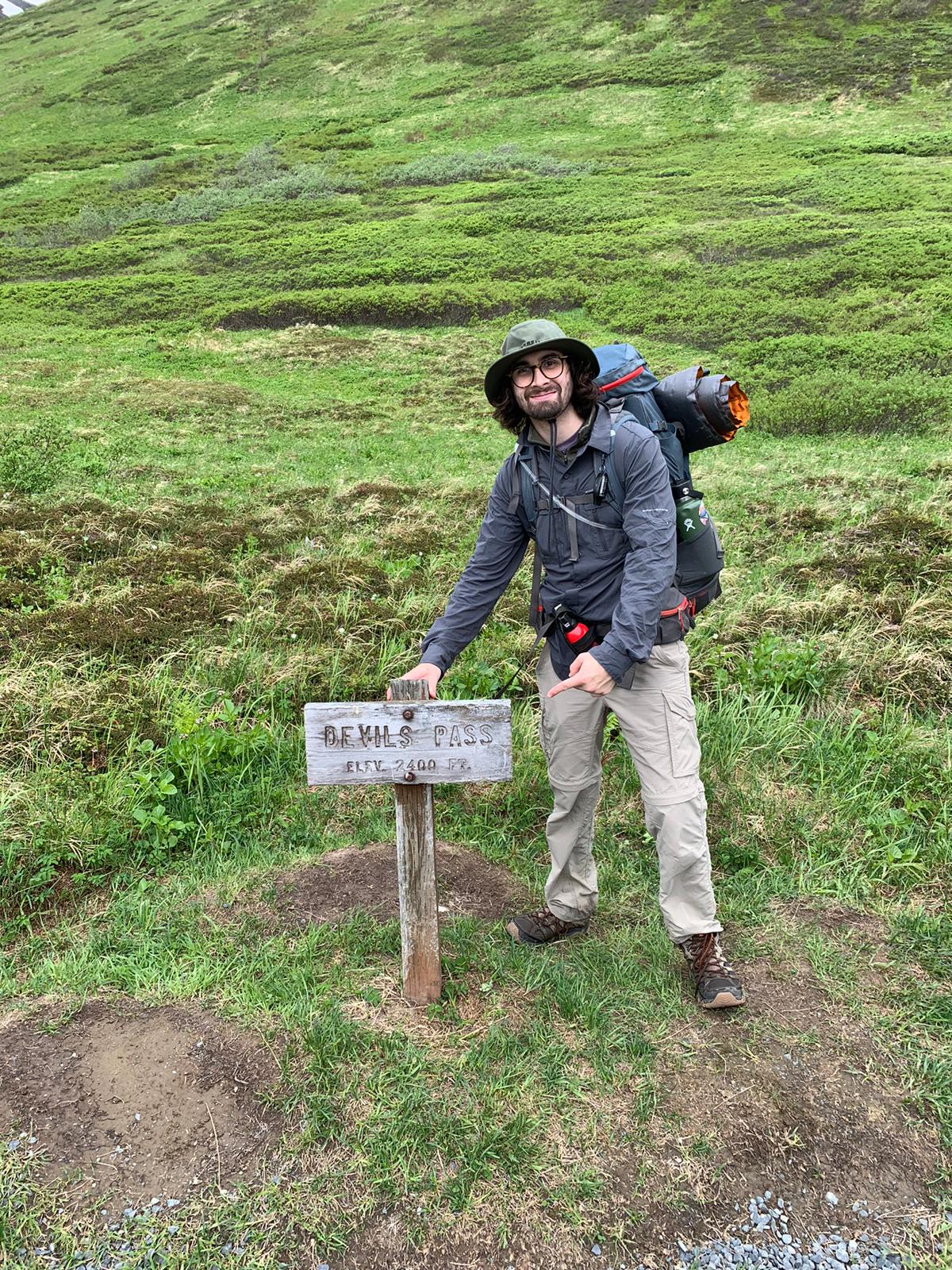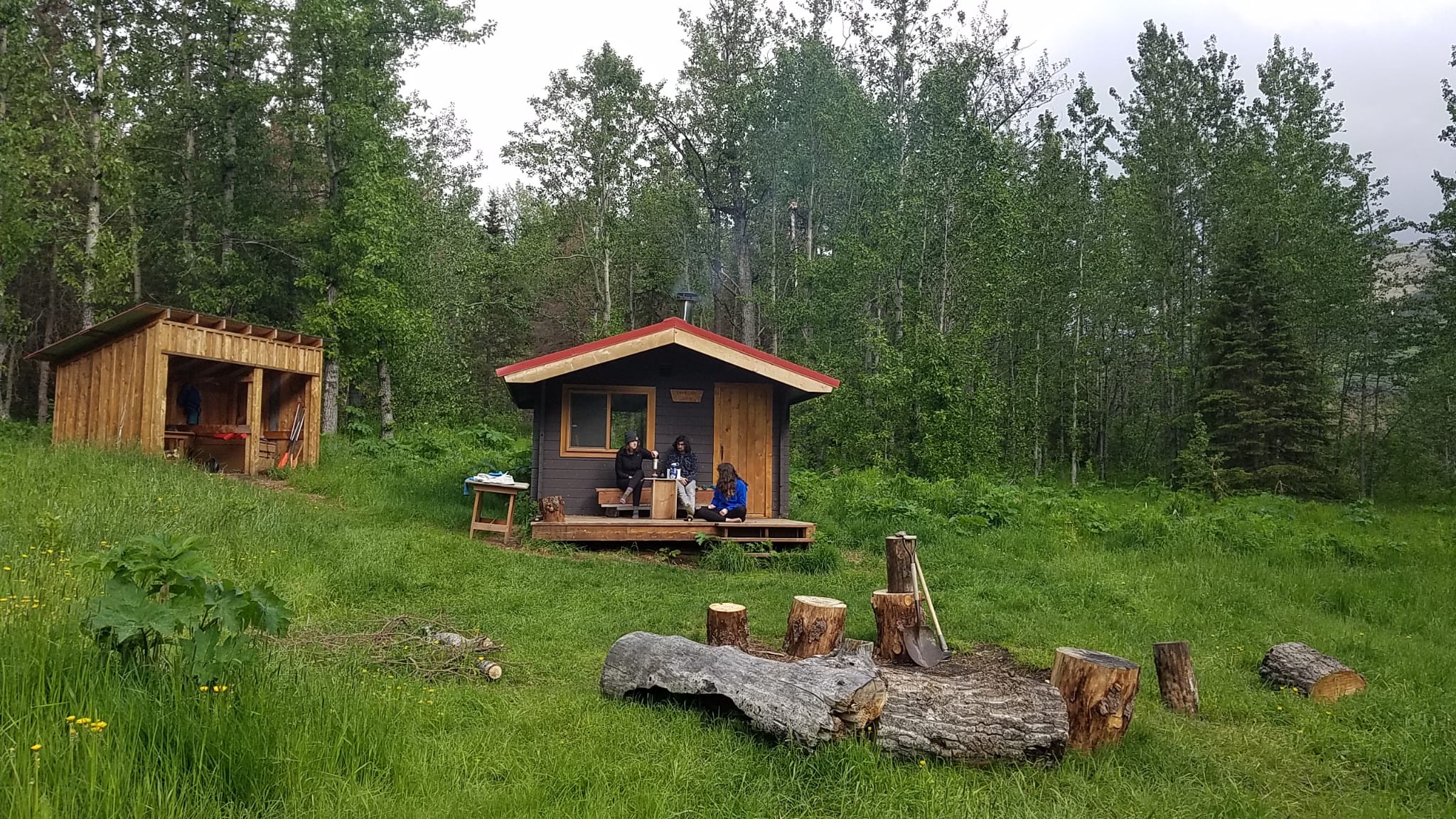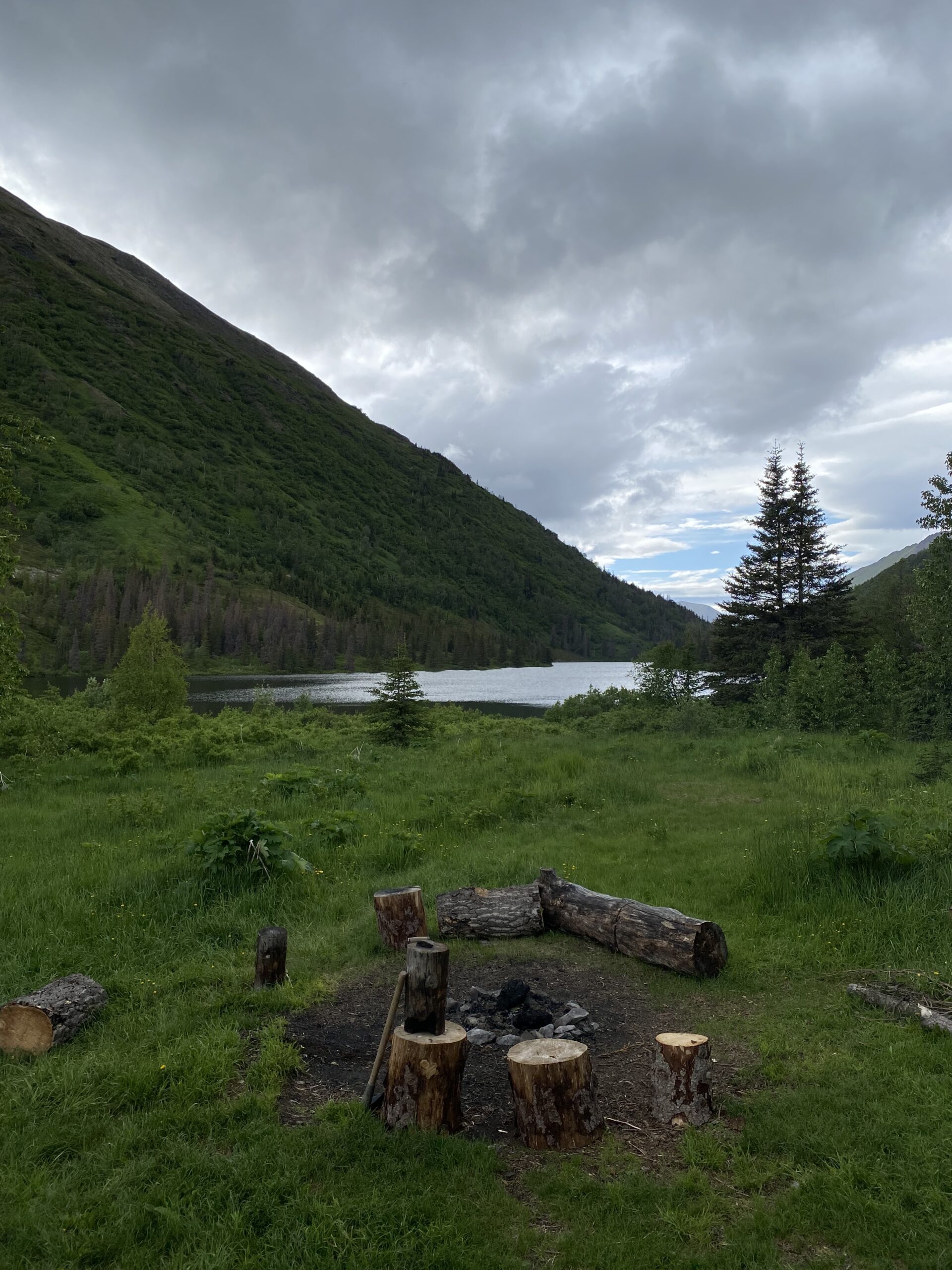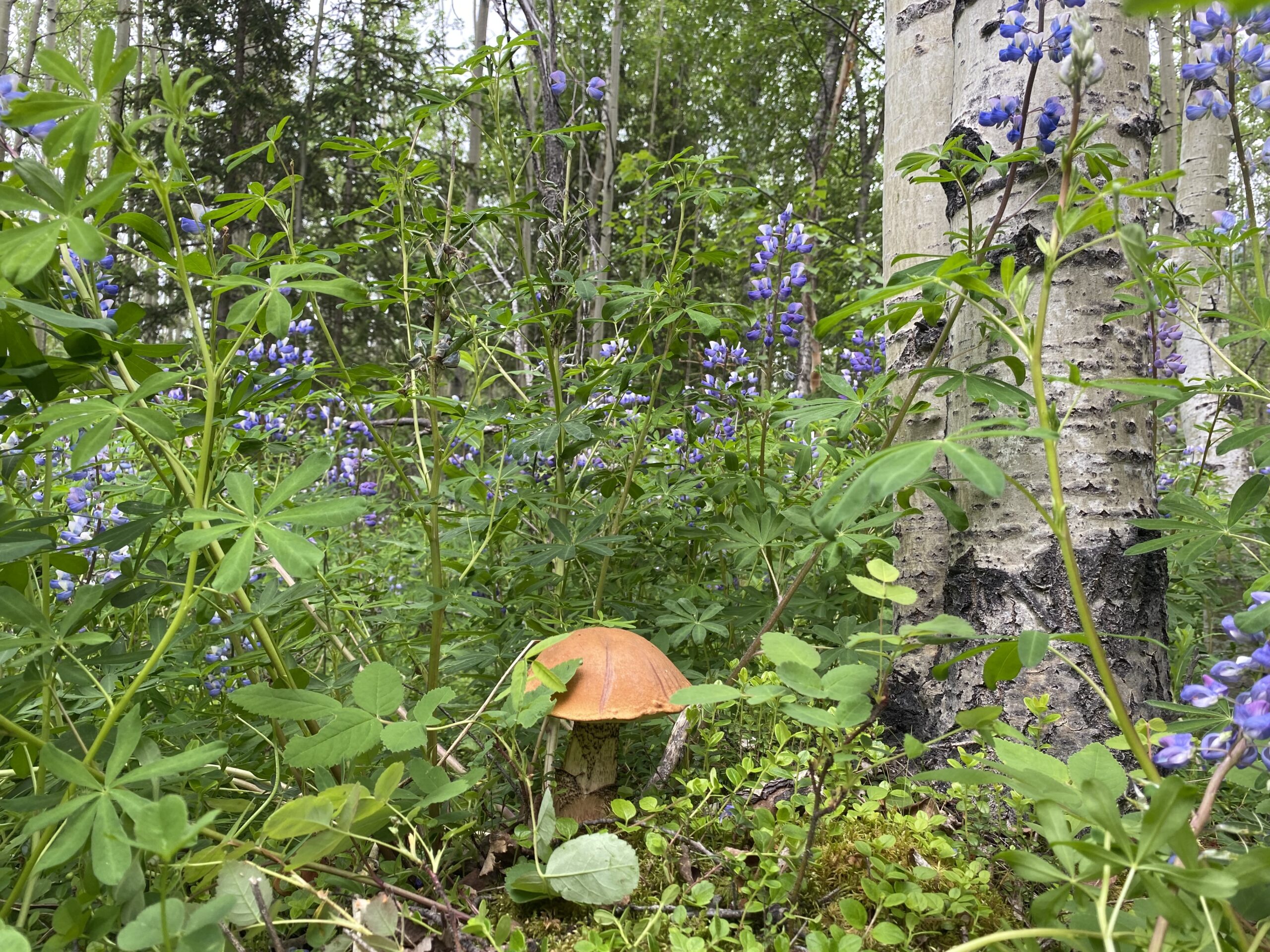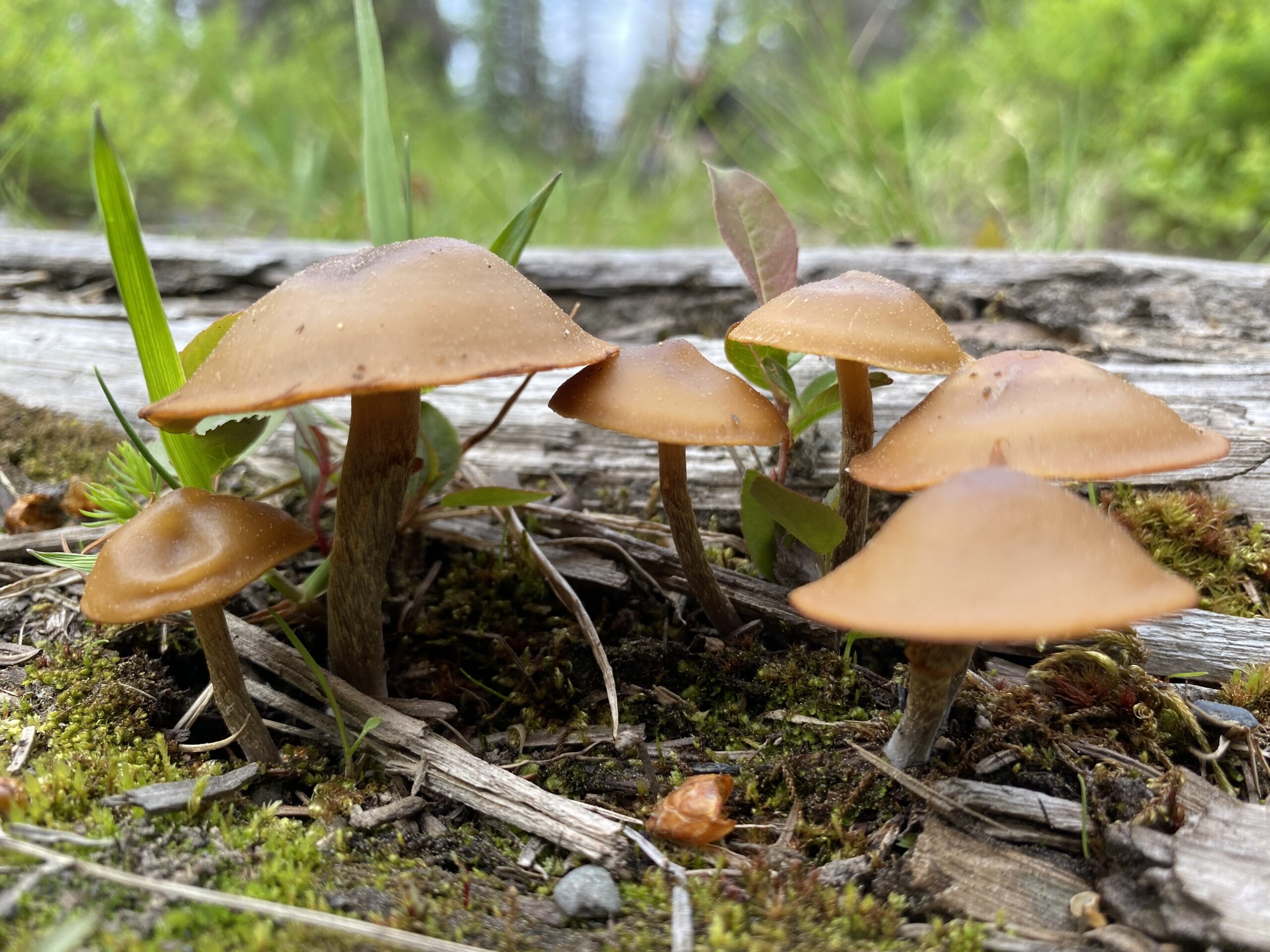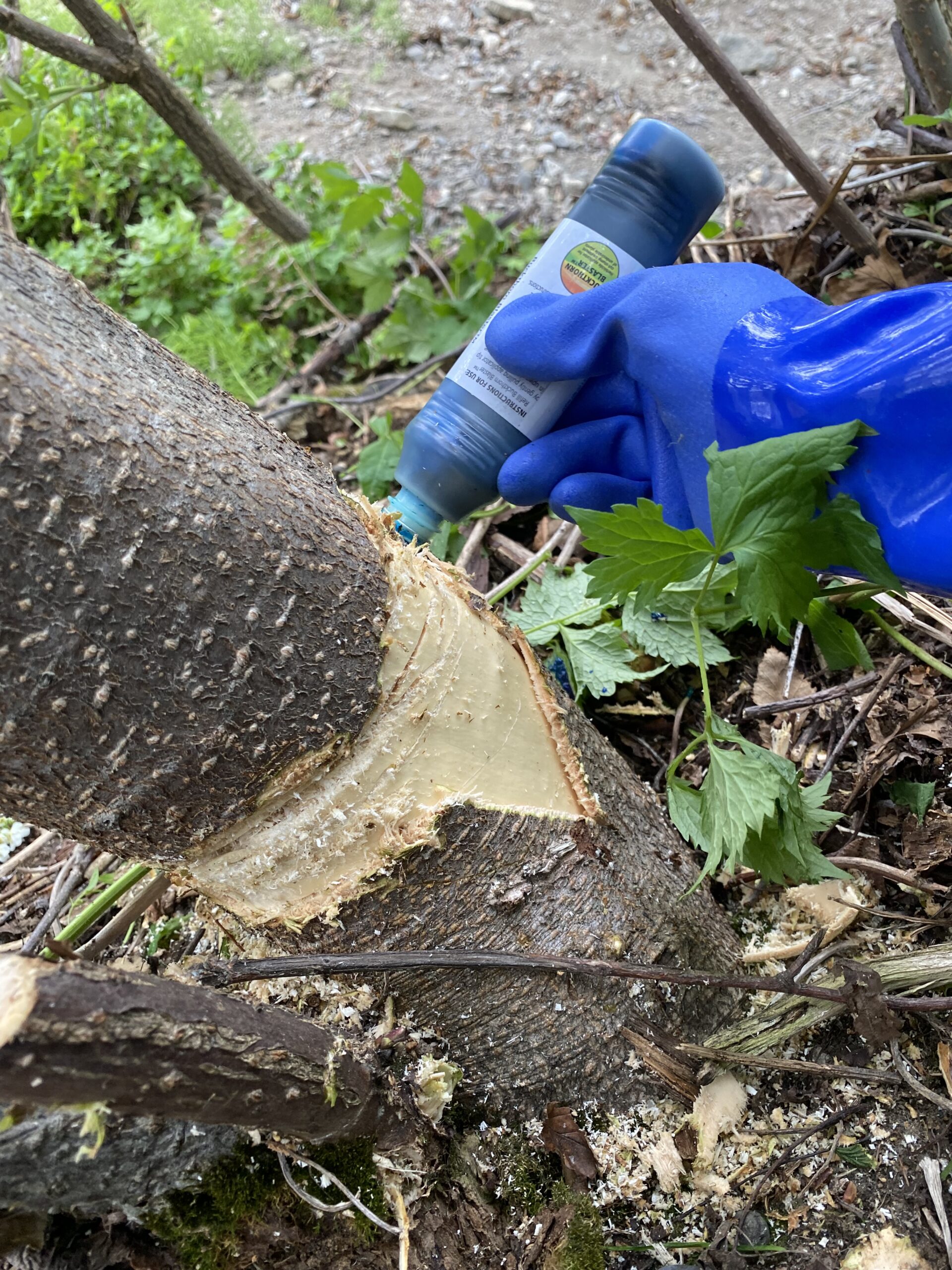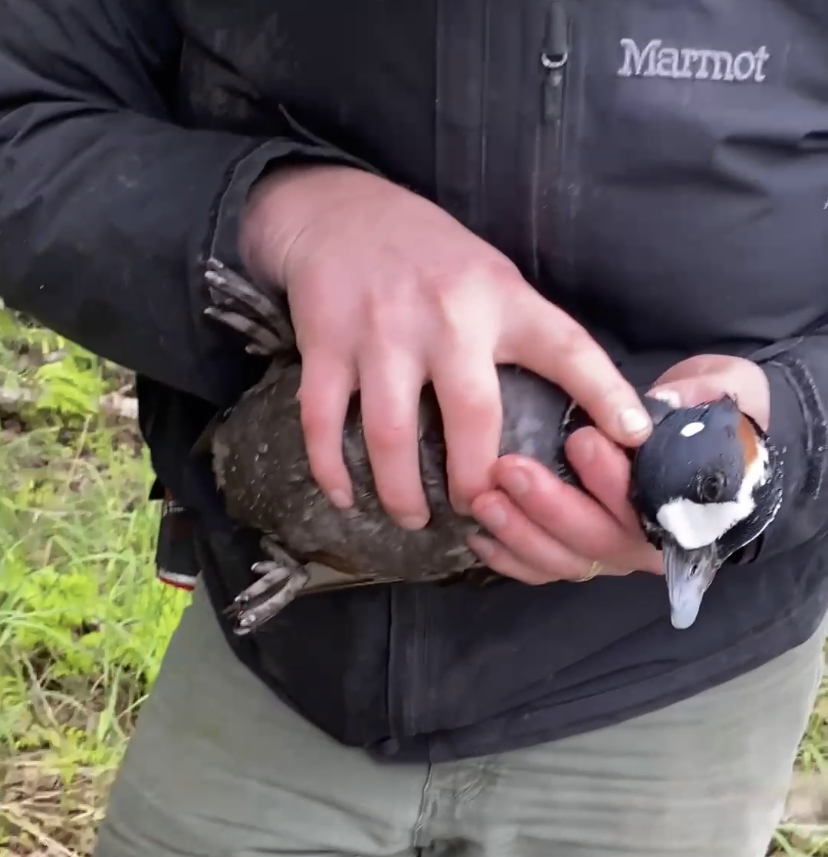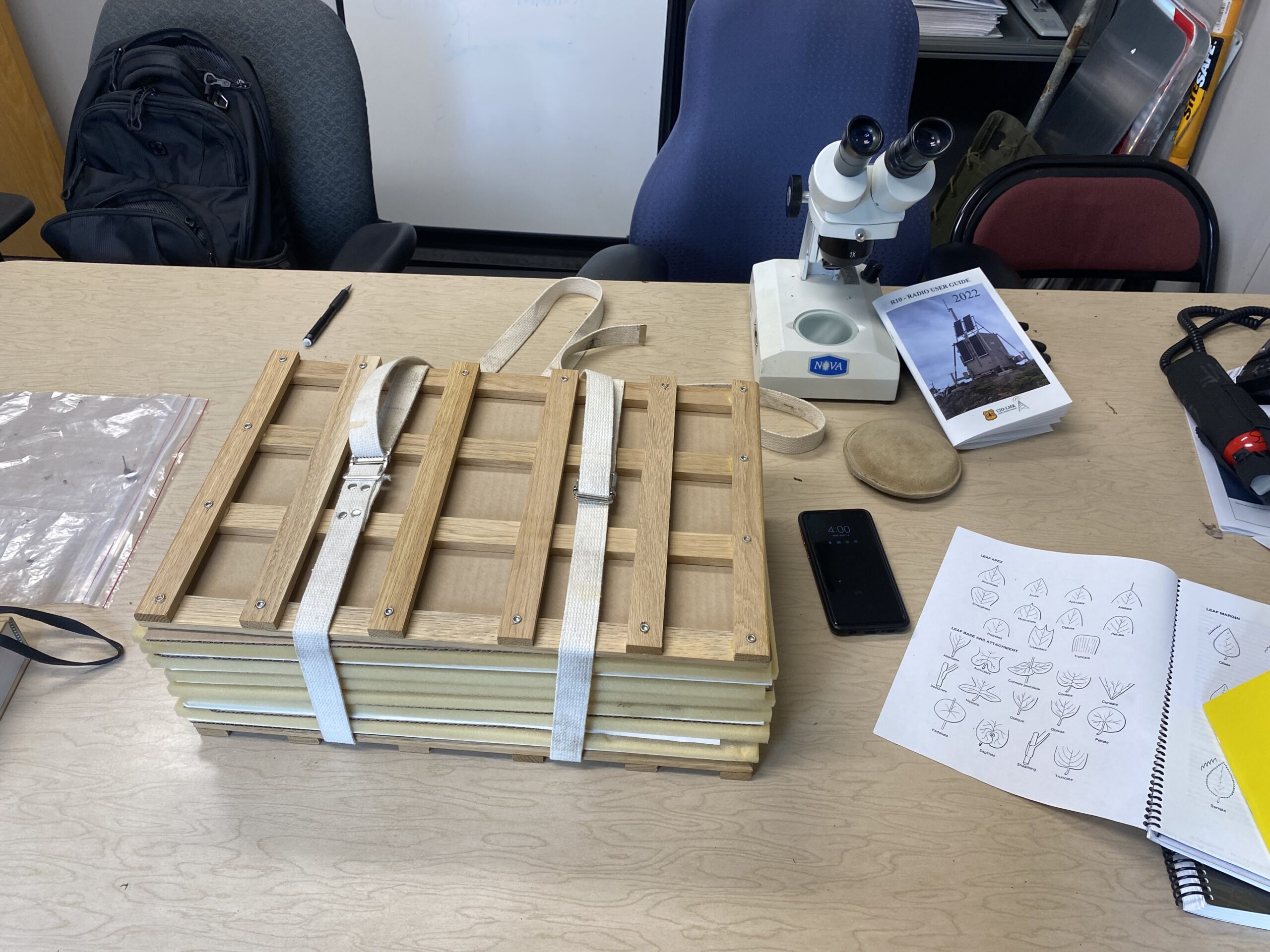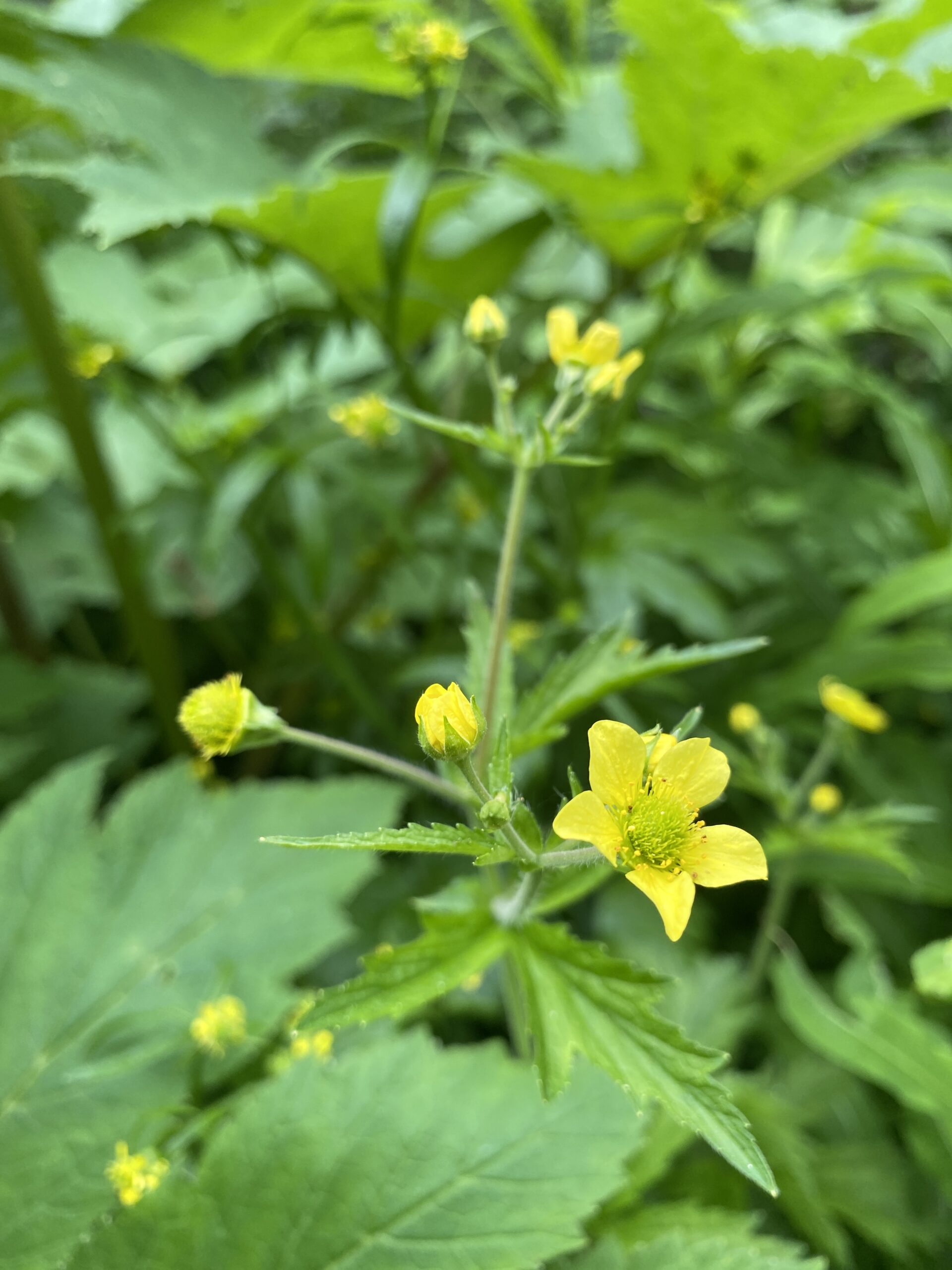Collecting seeds in the rain is just as fun as I thought it would be! Even though August has been the wettest month in Alaska it has also been a month full of adventures.
During the first Week of August I got to Visit Denali National Park. There was a landslide that made it so you could only get to the 45th mile point. Unfortunately you can’t really see Mt. Denali from there but we still got to ride the bus all the up to where the landslide happened and see more of the park. We even got to see some Caribou!
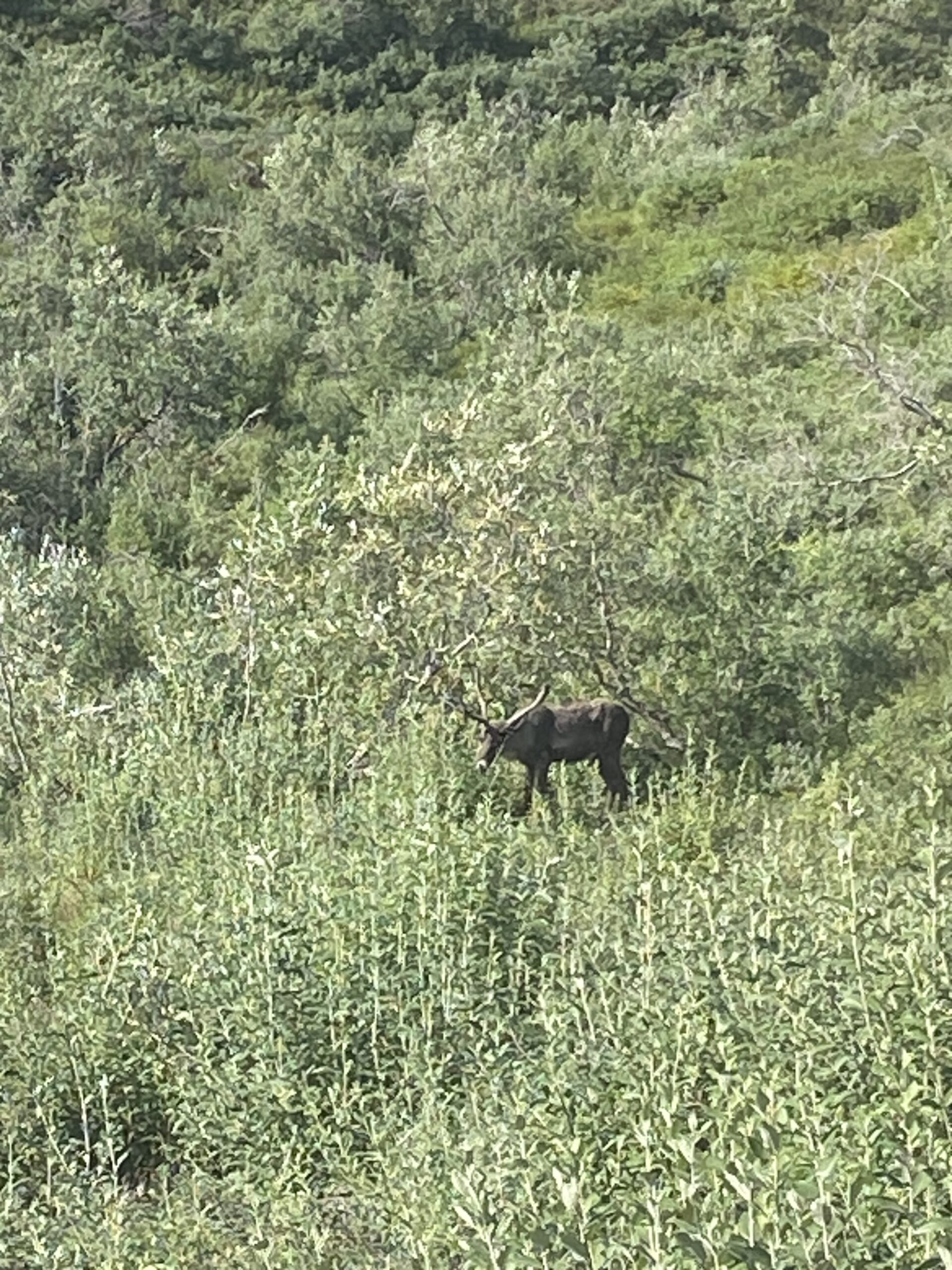
Caribou
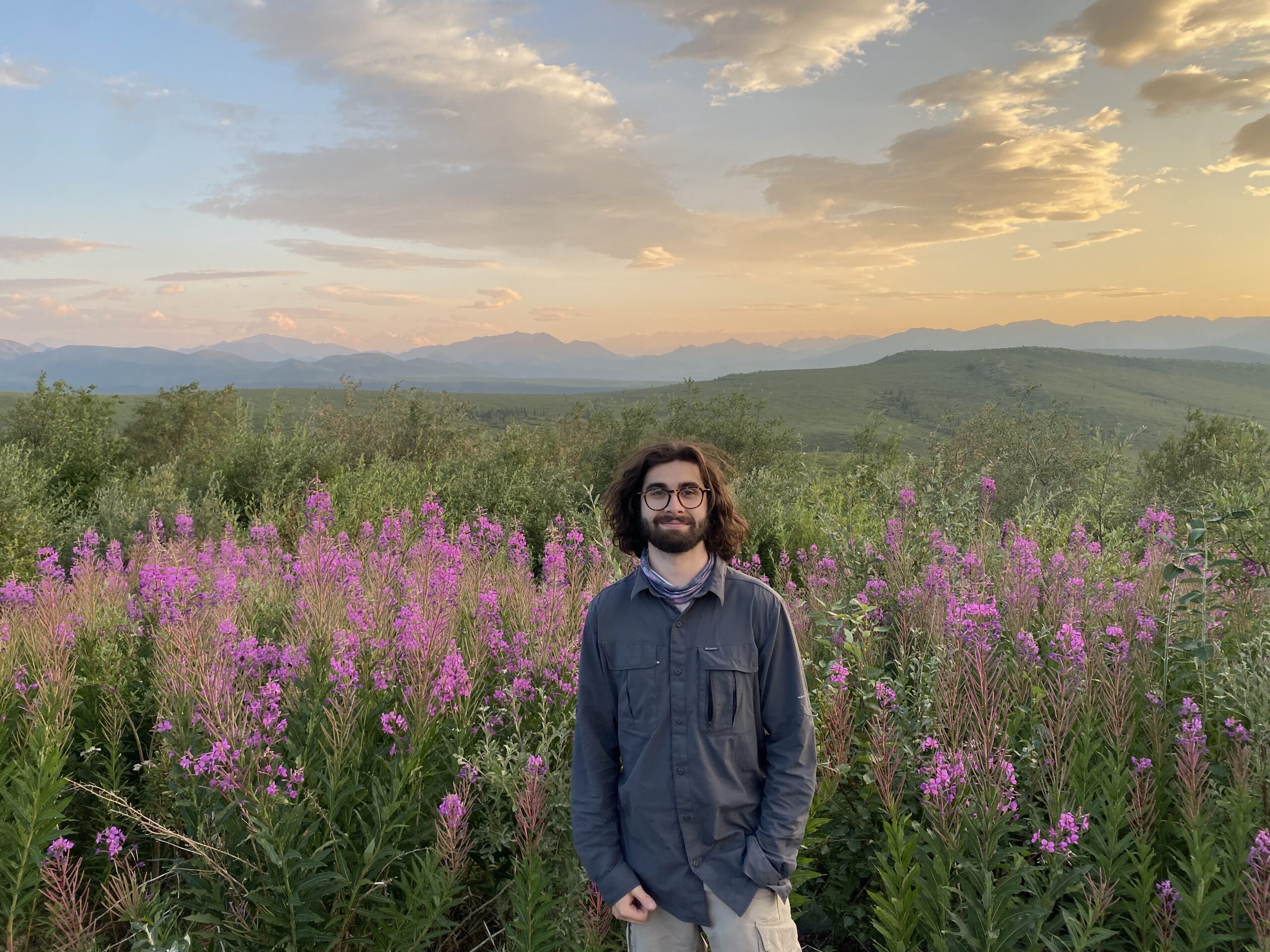
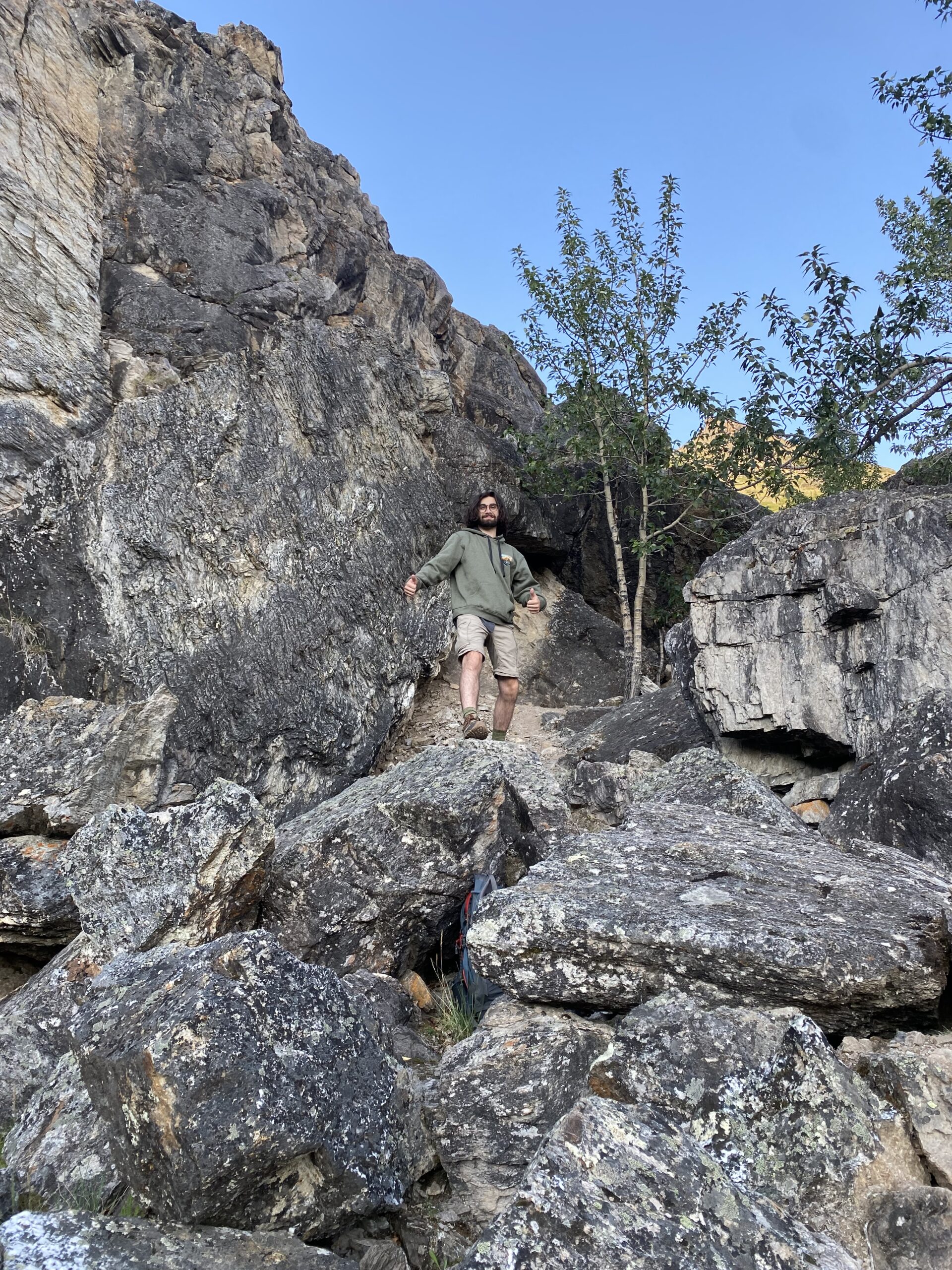
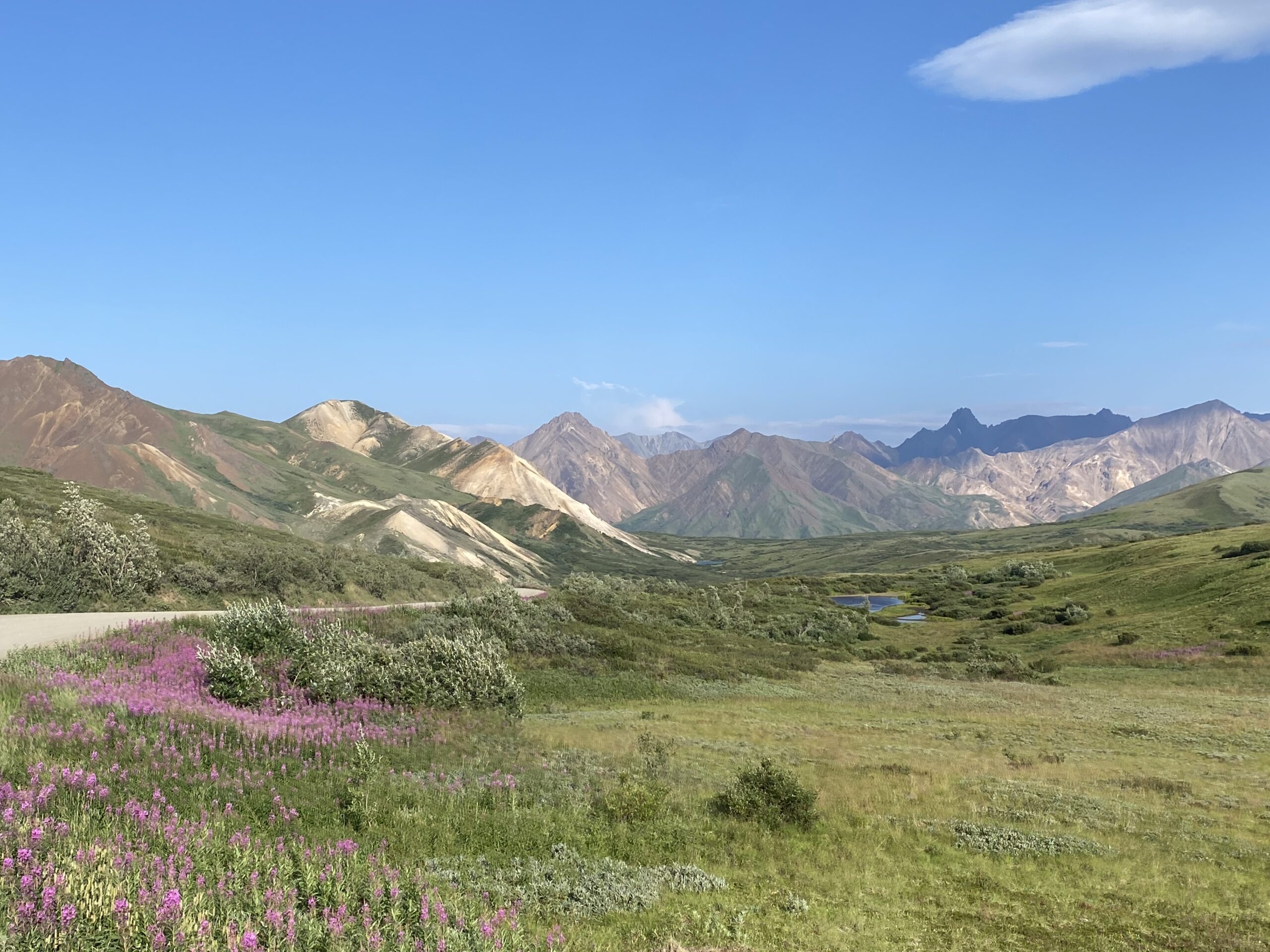
On our next adventure our Mentor sent Katie and I on a ferry to Cordova, Alaska to collect seeds from another part of the Chugach National Forest that is only accessible by boat or plane. Cordova was very wet and rainy. It rained every day we were there except for our last day. We got to see one of the most beautiful sunsets I’ve ever seen and even got to see tiny sea otters just hanging out in the water. Collecting seeds in the rain wasn’t very fun but all the things I got to see made up for getting so wet.


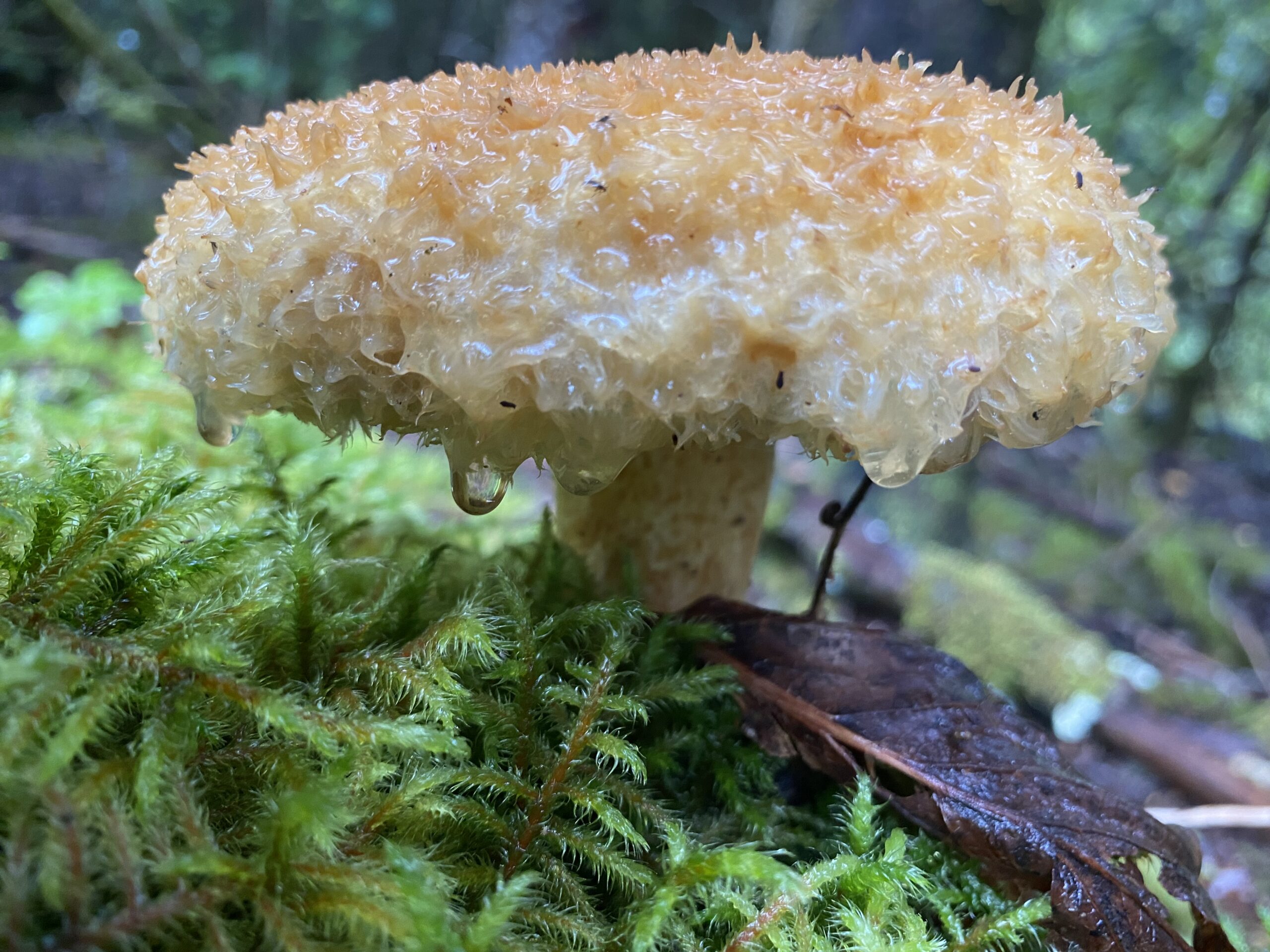


The bunkhouse that we live in is off of Kenai Lake. We used to have 17 people living in our bunkhouse and we would often have campfires by the lake. Most of the people we live with here at the bunkhouse were doing internships that ended in August and now there are only 6 of us here. The picture of me in my hammock below was taken at our last group campfire by the lake. The second photo is a really cool looking mushroom that I found outside of our office building. I thought it would be cool to share a close up photo of a cut test that Katie and I performed on Bluejoint reedgrass which is one of our smallest seeds that we have collected. The last picture below was taken in front of a beautiful sunset in Anchorage by my parents who came to Alaska to visit me.

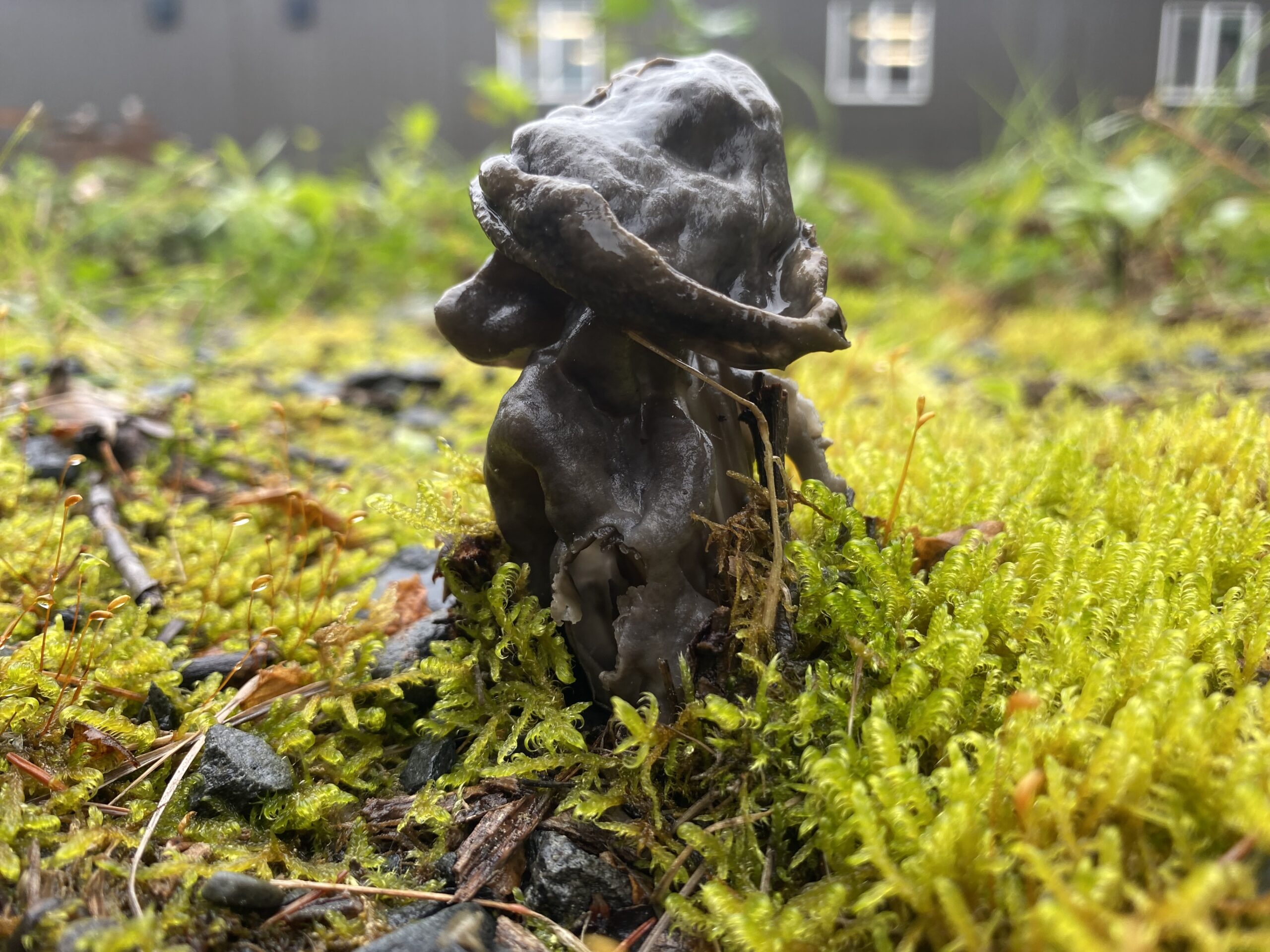
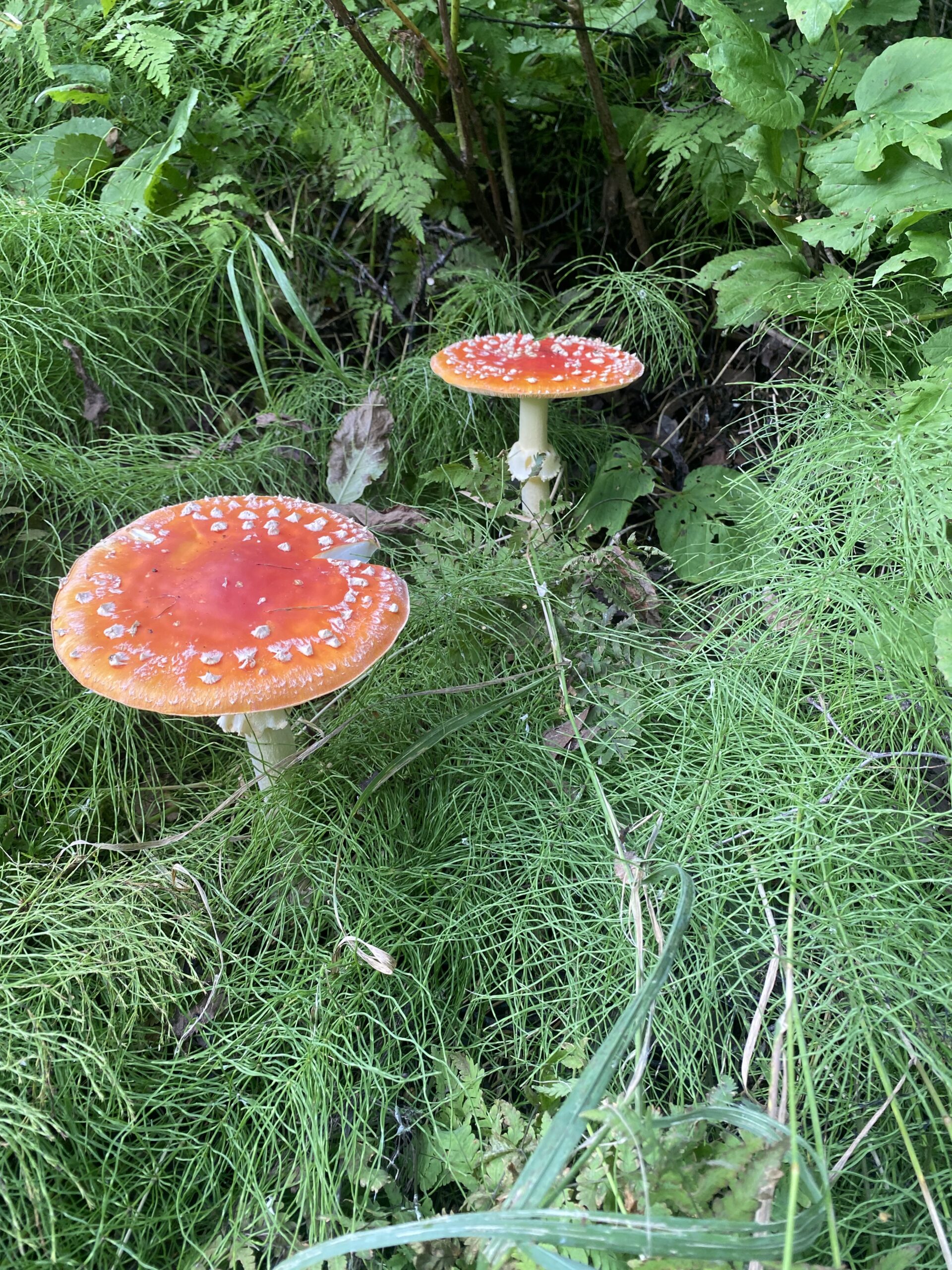
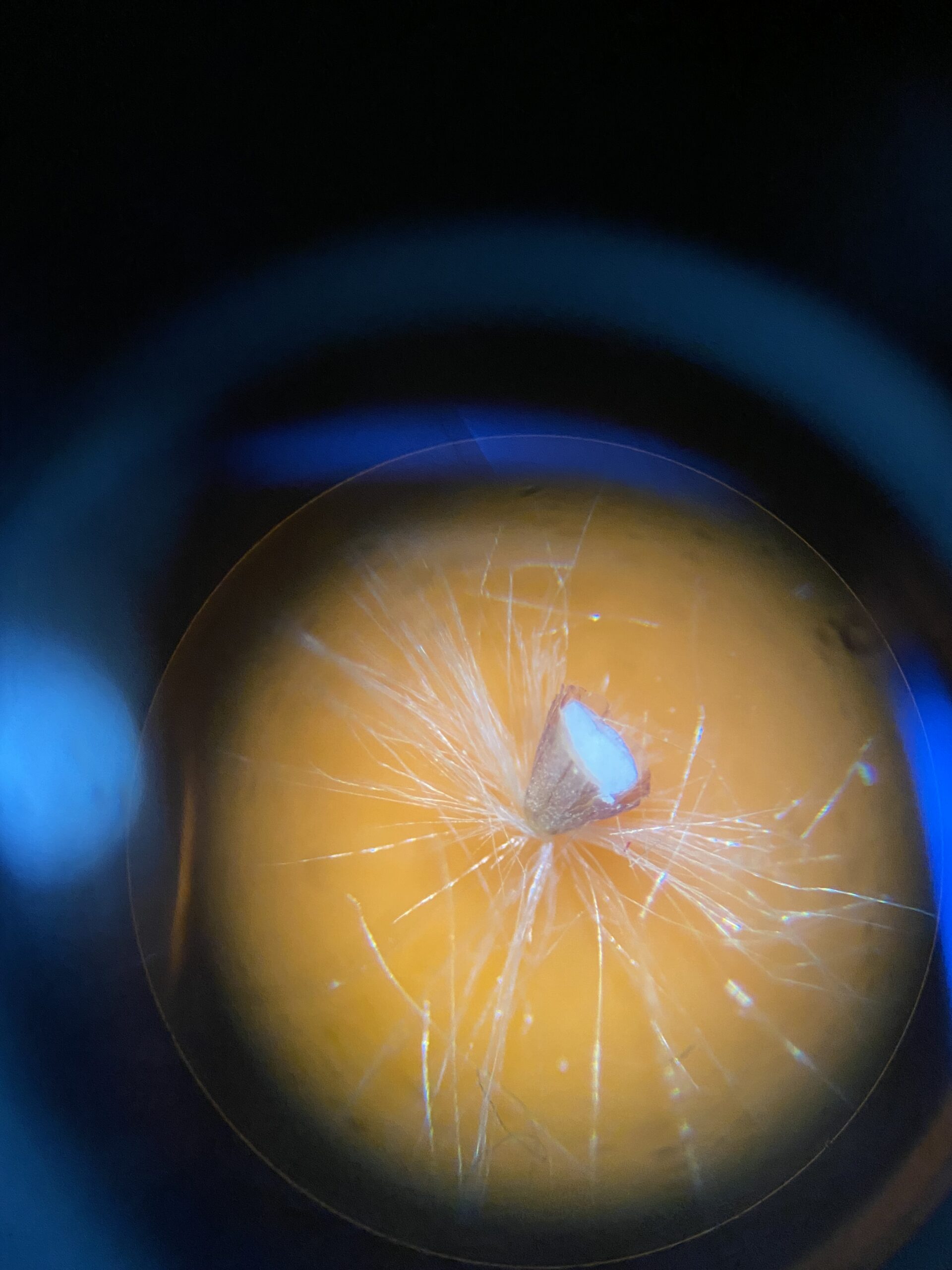
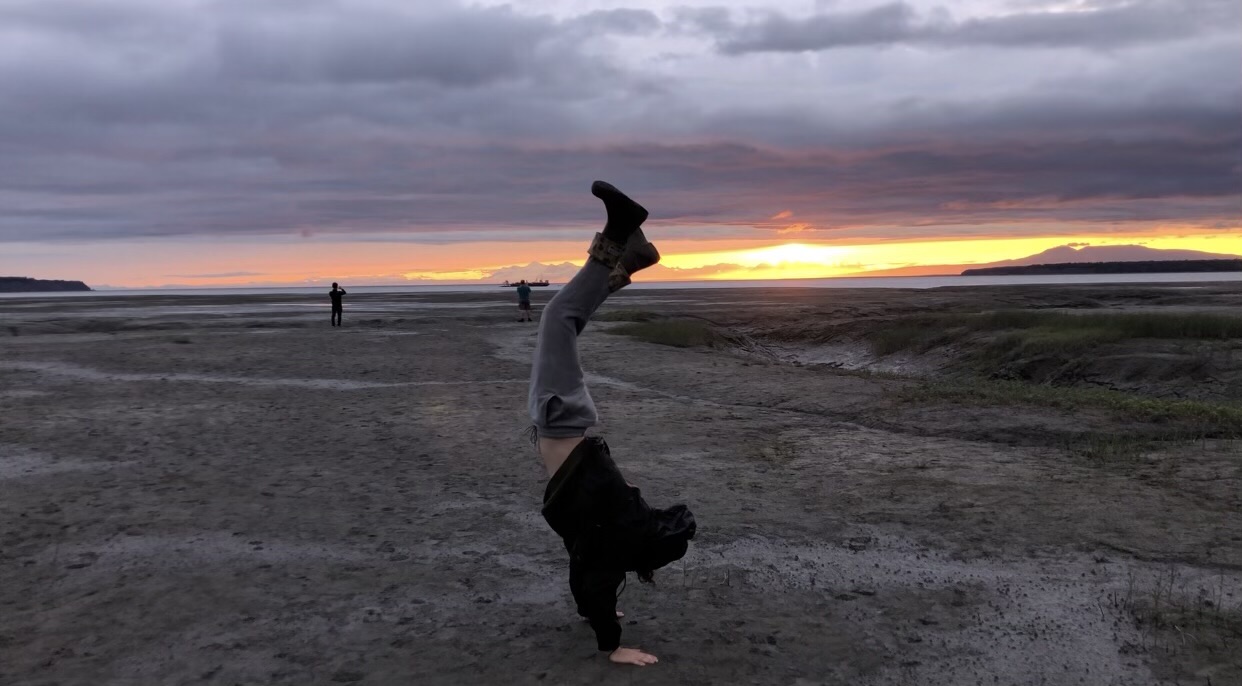
This month Katie and I collected seeds from many of the sites that we had been monitoring for collection. In total we have collected from 22 populations a total of 1,562,248 seeds from 12 different species at 12 different locations.

